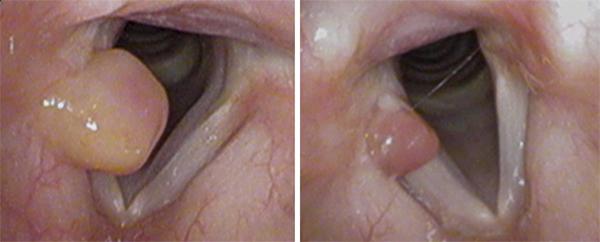
A granuloma is basically a collection of fluid. In general granular fluids that have been accumulated over the course of time become calcified and harden into solid masses. This calcification occurs in response to external forces, such as pressure or temperature changes.
Most granulomata exist inside the lung and are seen by a x-ray as a collection of hardened pockets
A granuloma is actually a collection of calcified fluid that has accumulated within a specific area. This calcified material is usually very fine and is sometimes referred to as a fluid film. A granula is often seen incidentally on an x-ray or any other imaging procedure done for a different purpose. In most cases, granular fluids that have collected over time are usually benign (noncancerous). However, many types of granular fluid tumors can cause symptoms such as difficulty in breathing, coughing, chest pain, fever and pain.
The first step in treating granulomata tumors is the removal of the tumor itself. Tumors that have formed in the airway or around the lungs themselves can often be removed surgically. However, many tumors that form in the head and neck may require that the tumor is surgically removed as well as a large collection of fluid. If the tumor is located in a place where it cannot be removed surgically, however, the fluid must be drained from the area.
One type of surgery used to remove fluid is called a thoracotomy. Thoracotomies can remove the tumor, or fluid, while leaving the affected area intact. If the tumor is located in an area that cannot be operated on, however, surgery is usually required to remove both.
Because the fluid in granulomata tumors may contain blood, removing the fluid and causing an obstruction in the breathing is sometimes impossible. When this occurs, surgery is sometimes performed in order to clear the airway. However, if the tumor is large and the fluid is contained within the tumor itself, the patient may not survive surgery.
Another common procedure used to remove fluid tumors is known as a suctioning. In suctioning, a catheter is inserted into the neck cavity. and is used to suck up the fluid and air and dispose of it through a tube. Surgical techniques like this can also be used to remove dead cells that are not being absorbed by the tumor. or to remove other types of solid materials, such as mucus.
Although there are several types of treatment options available to remove and treat granulomata tumors, the type of surgery that is used to remove the tumor should always be considered carefully and thoroughly. Granuloma fluid tumors are extremely dangerous, and a variety of options are available to help prevent and treat complications that may arise during surgery.
There are two main types of surgery available to remove granuloma tumors
While they are both invasive and painful, the more invasive procedures are often preferred because of the potential complication risks.
Surgical options that are commonly used include: thoracotomy, thoracic sympathectomy, endoscopic thoracotomy, and endoscopic thoracotomy. Thoracotomy is one of the most popular types of surgery used to remove granuloma. Thoracotomy involves inserting a long, thin metal instrument into a particular site on the body and making a hole in it. The surgeon then inserts a thin tube through the hole.
The tube creates suction that sucks the fluid and air out of the tumor. Thoracotomy is often used to remove tumors that are in an area where the patient cannot be operated on; in the neck, or in areas where surgery will be very painful and/distracting.
Thoracic Sympathectomy, on the other hand, involves making a small incision at the base of the tumor. It involves cutting the artery in the neck.
A small hole is cut in the throat to allow for the passage of a small tube. In this method, the surgeon cuts through the soft tissue around the tumor and removes the granuloma fluid with the use of the tube.

